
Consumer Electronics
From smartphones to laptops and wearables, vision is the most critical sensing modality and our multifunctional, metalens technology brings new dimensions and context to 3D vision systems and enables new generation of slimmer devices and consumer electronics.

NIR imaging and sensing solutions for ToF and Structured Light systems.
Smartphones, AR glasses, VR headsets, displays, wearables, tablets and laptops, Metalenz is proliferating new forms of advanced sensing across consumer devices with multifunctional, compact meta-optics. Get superior performance, gain space, simplify integration and reduce costs with metasurface optics (metalenses) on the front facing and world facing sides of the device. Win/win.

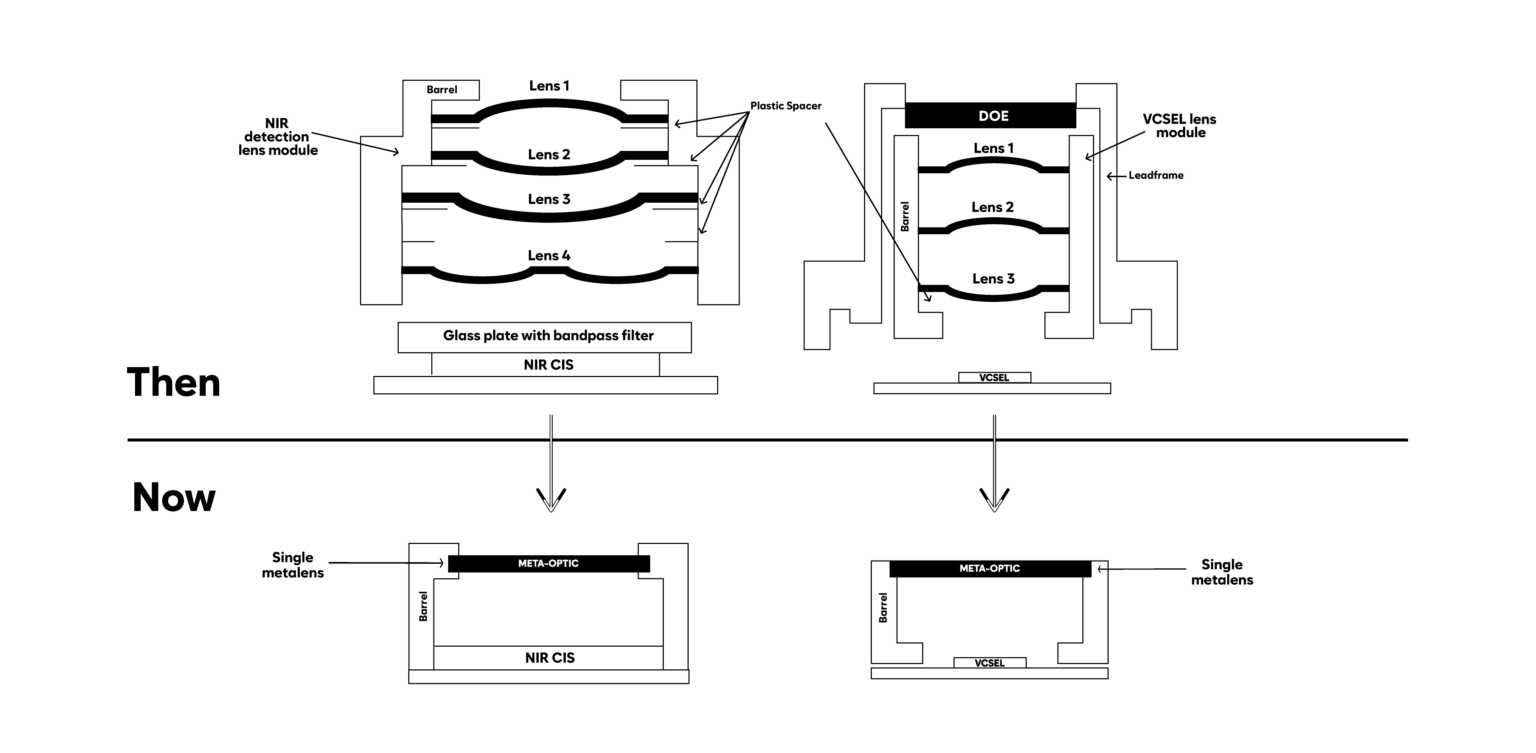
Rx and Tx Advantages of Metalens technology
On the world facing side (Rx) of camera systems, Metalenz meta-optics offer significant imaging advantages when compared to conventional lens stacks including; 4 to 1 lens reduction, 2x more light, and 40% noise reduction.
On the front facing side (Tx) of camera systems, Metalenz meta-optics offer significant illumination advantages when compared to conventional DOE modules including; Higher contrast ratio, wider field of illumination, and superior part to part repeatability.


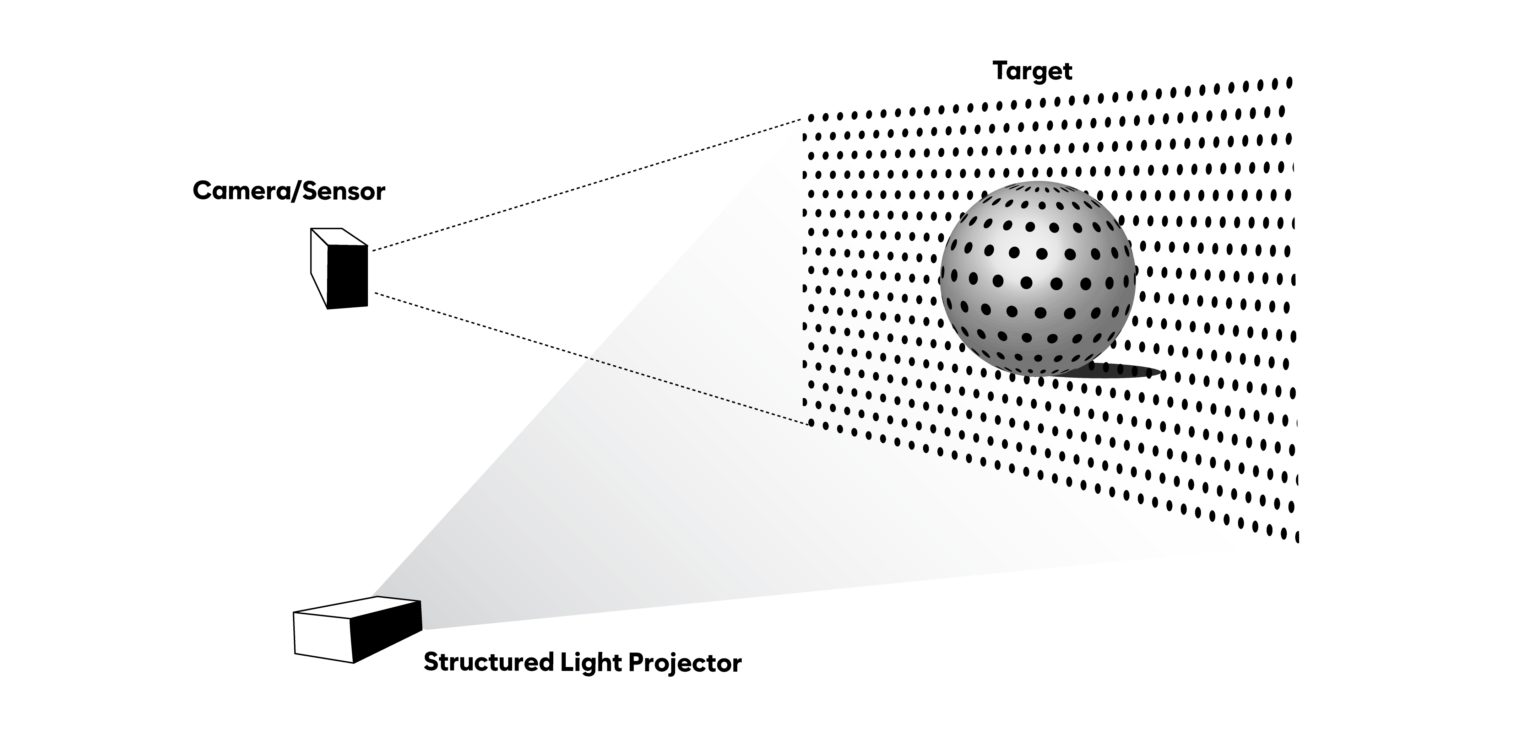
Structured Light
Mobile device companies use structured light (SL) high resolution 3D sensing technology to enhance security by unlocking the phone when the owner’s face is recognized. SL is also used to enhance the functionality of the selfie camera. SL systems project a pattern of infrared light onto the user’s face and measure distortion in the return signal to obtain a 3D map of the face and confirm the user’s identity. Unfortunately, the face identification system does not always recognize the user’s face, especially if the user is in sunlight or is further from the phone. Meta-optics will play a key role in making face identification more robust.
SL projectors use light from VCSEL arrays to create a complex pattern of dots on its target. Typically, these dot patterns are projected by diffractive optics, however, it may require several lenses in addition to the diffractive. Meta-optics, with as few as a single element, can project dot patterns with superior performance to a diffractive optic. The advantages include higher efficiency, wider field of view, more dots, and better contrast. Metalenz technical benefits result in a face identification that works better, particularly when the person is further away from the phone or in sunlight.


Our metasurface technology is now in the market in STMicroelectronics FlightSense™ ToF products for consumer electronics.
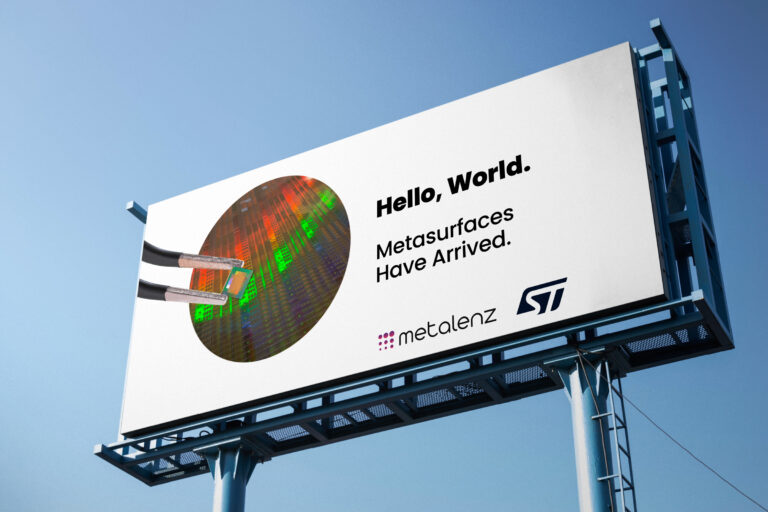
Benefits of Meta-optics

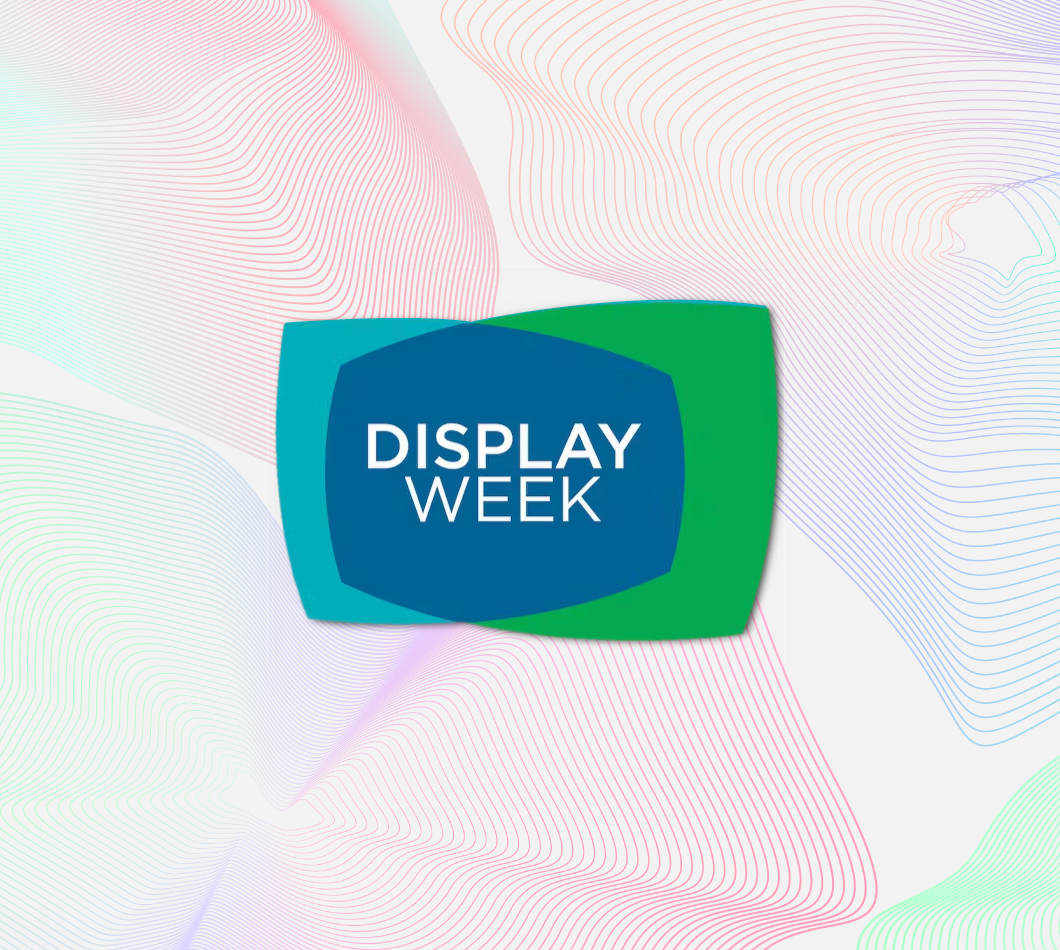
Upcoming Event
05 | 11 | 2025
Display Week
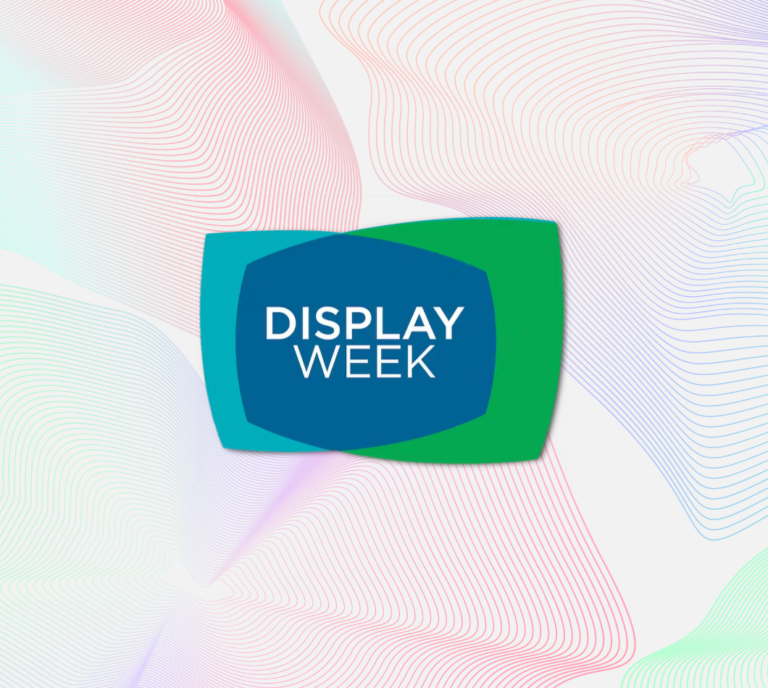
Display Week
Details:
Metasurface-integrated Polarimetric Sensors in Foundry-Compatible Process
Pawel Latawiec, Metalenz CTO
